Being rock climbers, we travel the world seeking the best climbing, and this takes us to some obscure destinations. This past winter, we sought out Catalonia’s limestone cliffs, where we found not only some of the finest rock around but also a culture with deep historical roots.
[All photos by Ben Ditto]
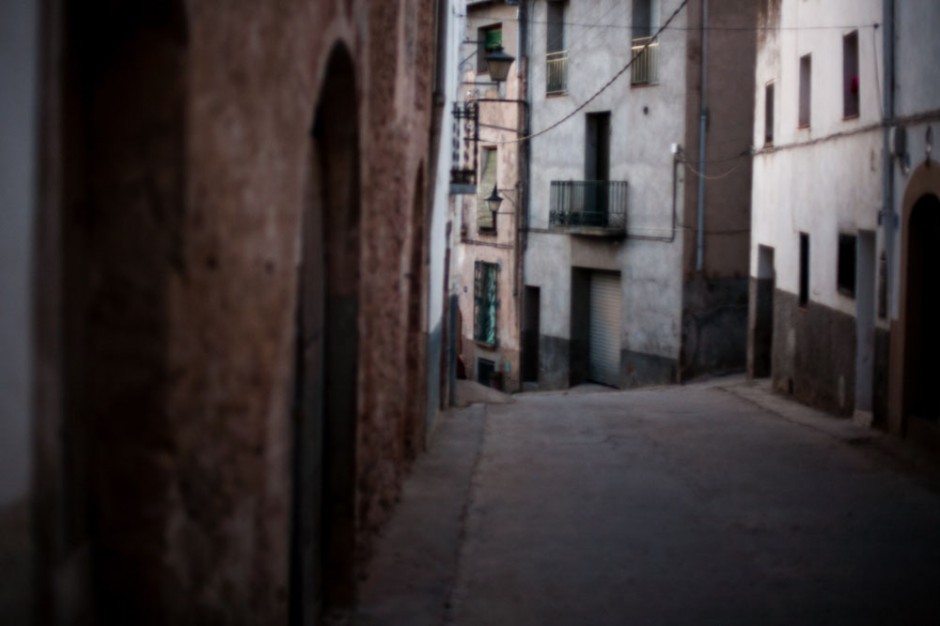
Footsteps echo
...through the corridors of streets, and a lone black cat howls for attention in an empty window. It feels sleepy here in the medieval village of Cornudella de Montsant. Most of the village is made up of elderly Catalonians and rock climbers. The narrow streets wind through rows of three-story buildings with facades dating back to the 17th and 18th centuries -- many of which are for sale. Spain is experiencing quite an economic downturn, and most of the young people have moved away to the cities.
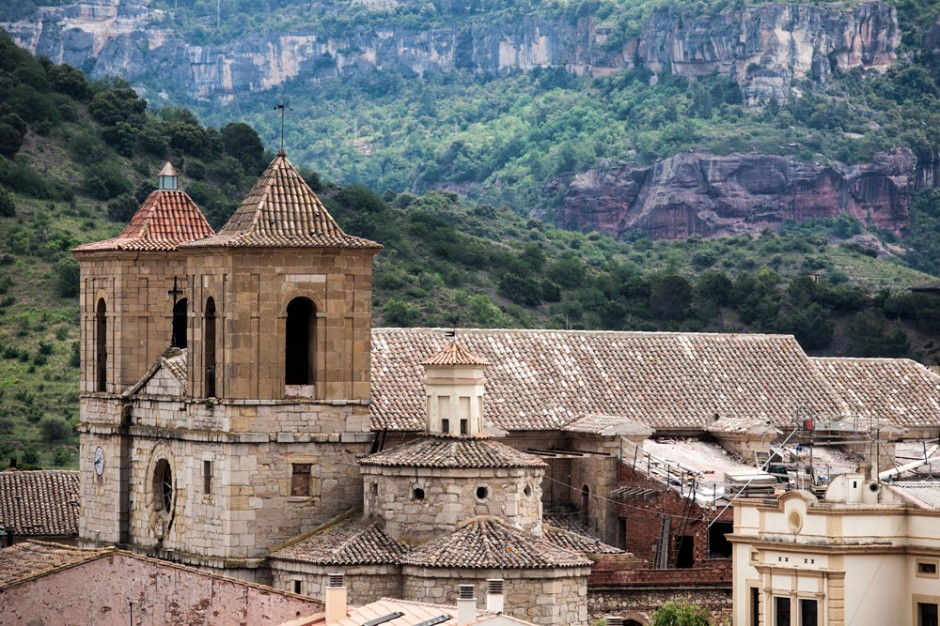
Every quarter hour
...until midnight, the bells of the Esglesia Parroquial de Santa Maria ring through town. Despite Cornudella's sleepy demeanor, time seemed to slip away all too quickly. Before we knew it, it was Sunday morning again and the people of the village were making their way to Mass. From the terrace of the house we'd rented, we could see the church as well as the cliffs in the background. While the townspeople celebrated their religion, we celebrated ours by taking it to the rocks.
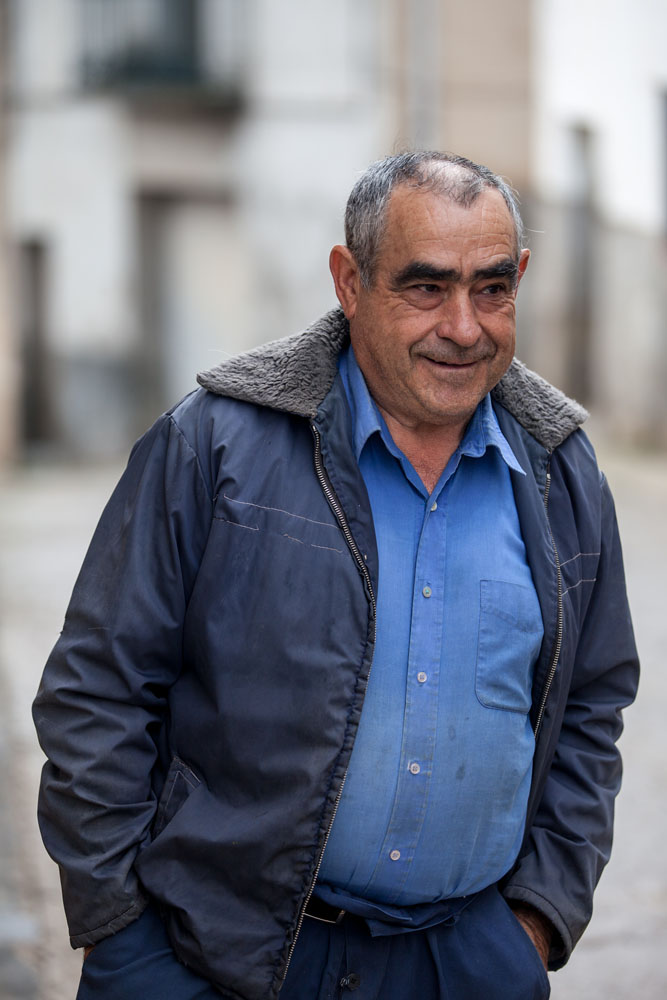
Many farmers
...still live in Cornudella, Vicente being one. He lives with his two brothers, and all of them grow hazelnut. They call themselves poor, but in spending time with them, one can tell they are rich in ways money could never afford.
Intermission

The small village
...of Albarca (situated just up the road from Cornudella) is practically a ghost town. All that remains are the buildings and the stories they hold.

Above Cornudella
...situated in a rocky landscape, is the ancient mountain village of Siurana, and one of the last remaining Islamic castles to fall to the reconquering Christians. Built in the 9th century as a control center, it survived untaken for three centuries. It's a beautiful place, with cobblestone streets and limestone rock houses. On either side, the land falls away to the valleys below -- the River Siurana on one side and the farmlands on the other.
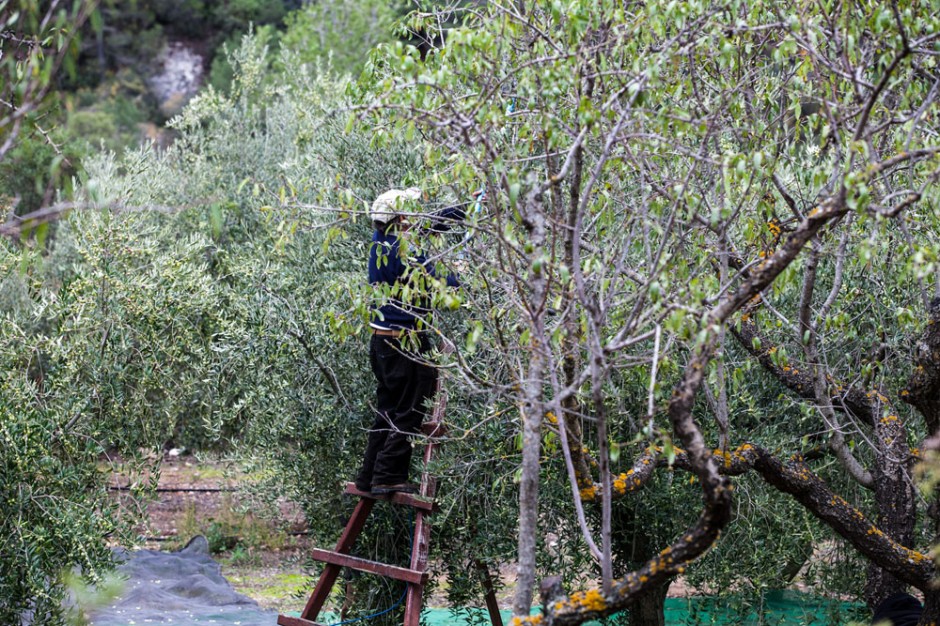
Olive farming
...is alive and well in the region. Generations of people spend their whole lives with the land -- it's a modest living and a hard one. All of their energy and time is invested in the land and its bounty; one can only hope to have something to show for it through the years. The olives of the region and their oil is some of the best we had the pleasure of tasting.
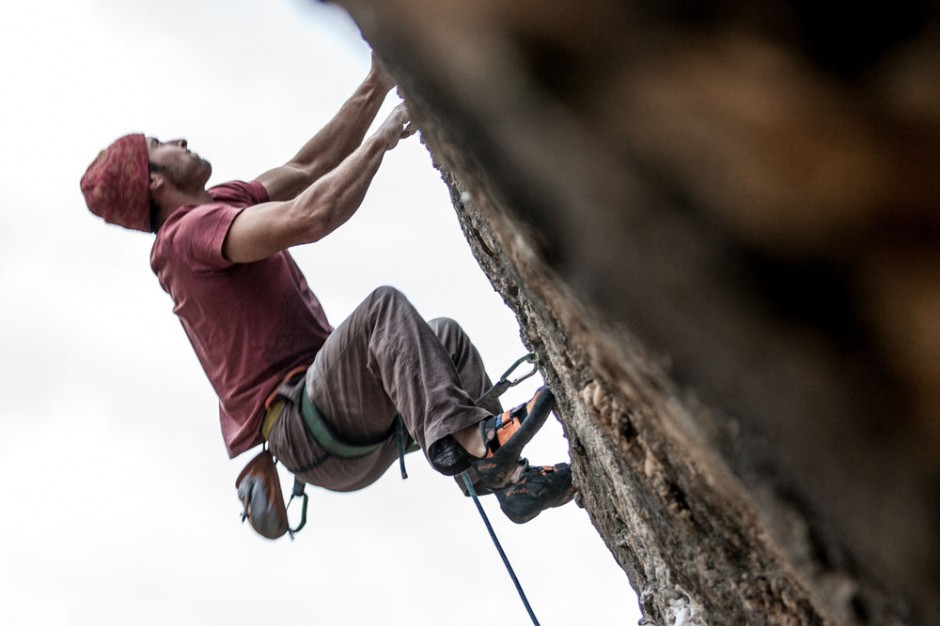
One of the newer things
...to come to the area is rock climbing. Cornudella is situated next to some of the best limestone climbing in the world. The lure of the rocks brings many people to the area, giving an economic boost to the entire region. The juxtaposition of the hardworking farmer and the hardworking climber is an interesting one. Much like farmers, climbers are working within the landscape. Building themselves to fit the rock. Sometimes it comes easily, many times it's a struggle -- you work at it, you invest yourself in it, you strive to see success. We develop an intimate relationship with the rocks, and in the end, whether we succeed or not, we've learned valuable lessons that could never be obtained anywhere else. I imagine this to be a similar life to that of the olive, grape, and nut farmers -- spending entire lives working at something, struggling at times, growing with the fruit as the seasons pass.
Intermission
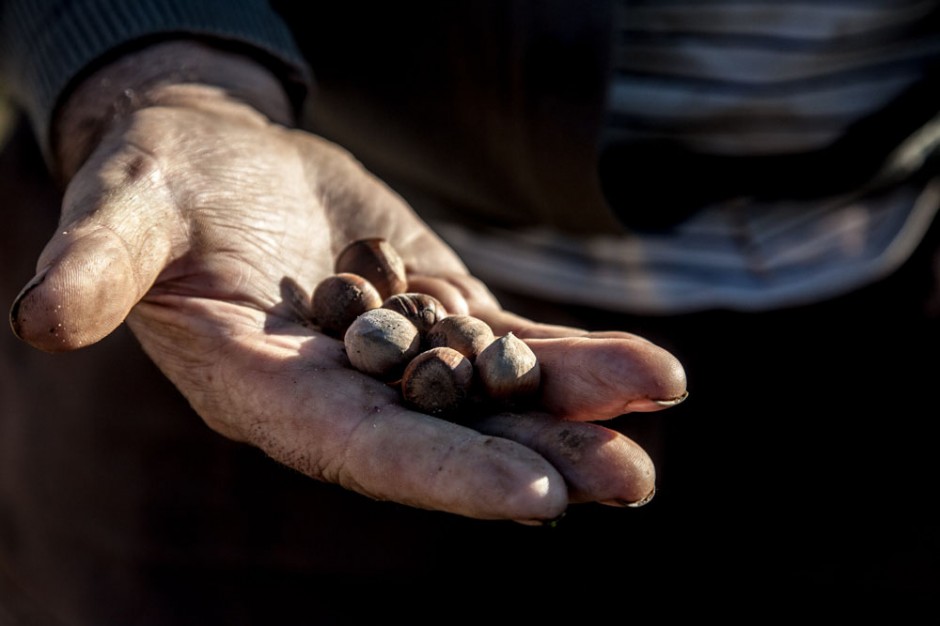
Hazelnuts
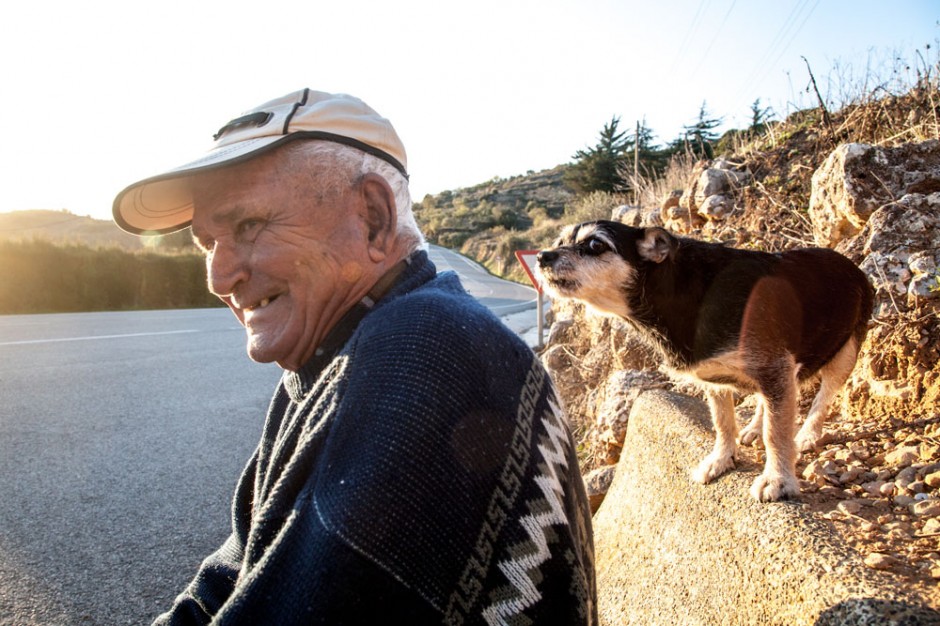
Every day
...the sun sets, a simple and profound joy, something we'll always have, which can never be taken away or foiled by finance, hard times, or age.
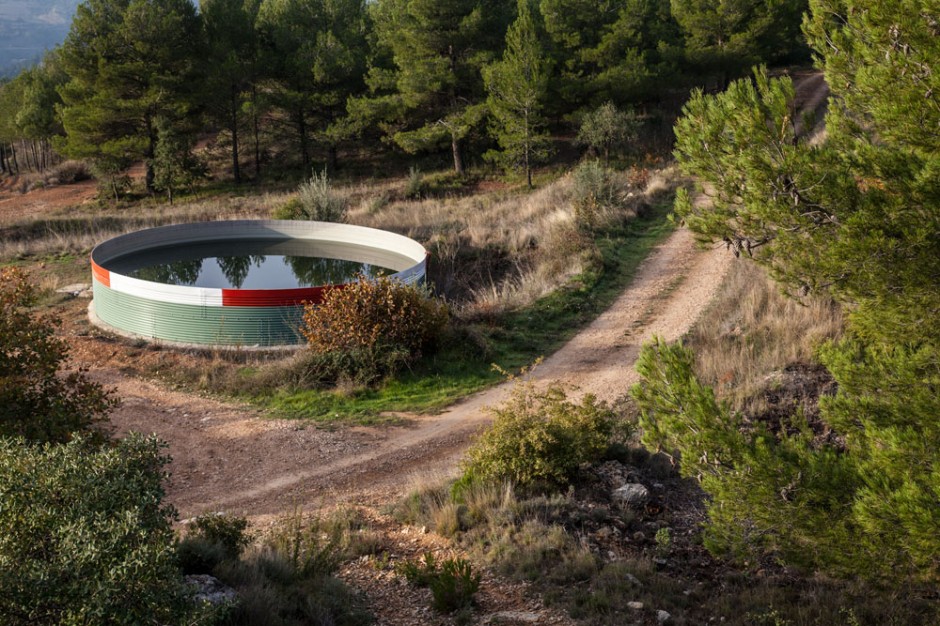
Agricultural pools
For every vineyard, olive orchard, or field of nut trees, there is a pool or two filled with water. Although the Mediterranean is close and moisture high during the fall, winter, and spring, the summer months are quite arid.

Around every bend
...and down every slope are rock wall terraces -- some dating as far back as the Romans. In each terraced plot are trees heavy with olives or rows of grape vines in their winter slumber. From generation to generation, the farmer passes on his plot. The history of the place need not be written on any tablet; it can be tasted in the products of the region.
Intermission

At the south end
...of town is a building resembling a church. It is the Cellar Adscrit a la Denominacio D'Origen -- an agricultural co-op built in 1919 by Catalan architect Cesar Martinell i Brunet. It is here in this Cathedral of Wine, with it's arched doorways and nave, where local farmers of olives and grapes can bring their goods to be pressed and aged to perfection, producing some of the area's best wine and olive oil. Most everything here operates the same way it did historically. The vats of wine, which house up to 1 million kilos, are the same ones from the co-op's early days.

Wine bottles
...for ranci. Part of the aging process is for the wine to be placed in these glass bottles for one year and kept outdoors. Ranci is a particular type of wine that is constantly combining the old grape from years prior with newer specimens. We saw these bottles in many places -- people's homes, bars, restaurants. We found the wine to be very symbolic of the region.

